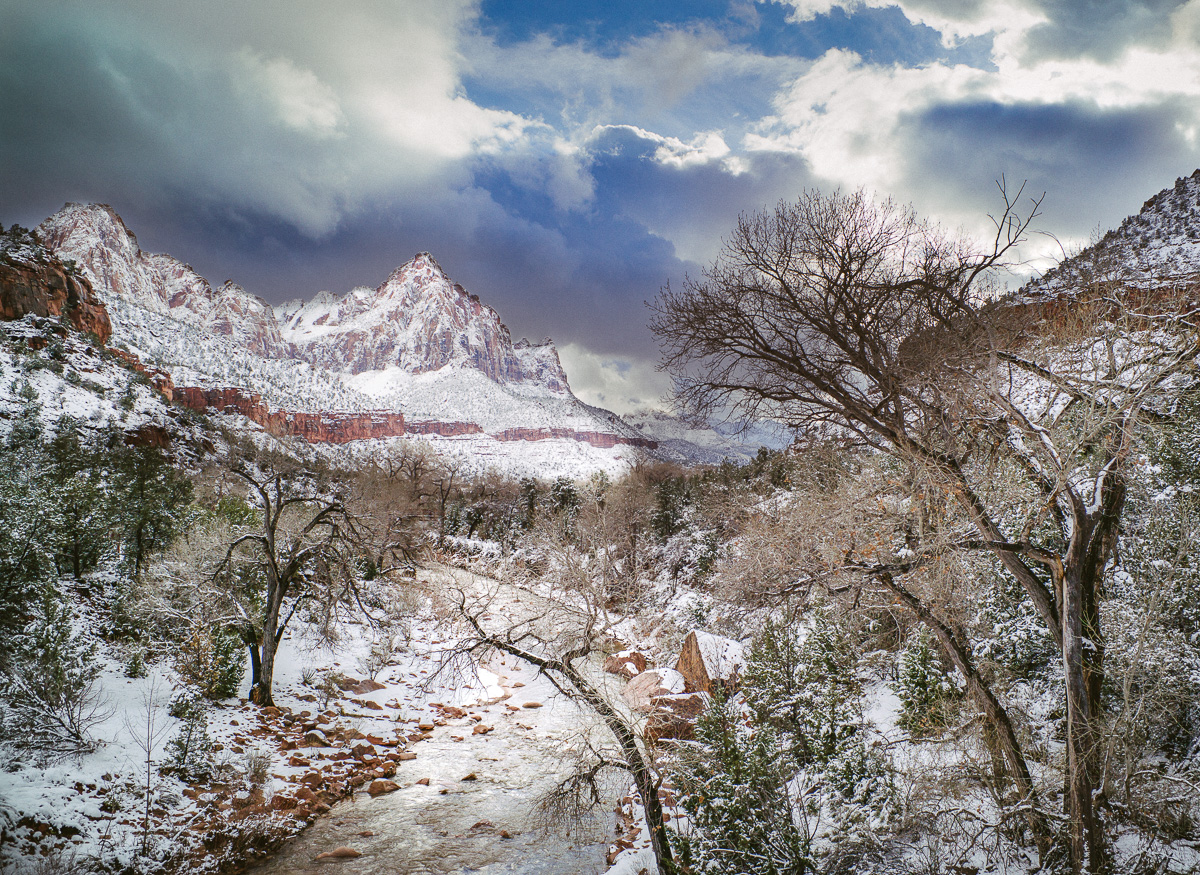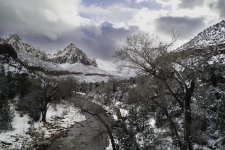peterm1
Veteran
Thanks, Peter. Since I did have b+w and red filter in mind when shooting, I'm surprised at your nice color result.
Also - again - the foreground is dark to avoid high lights blowing out. When jpg is the target, the 240 has about 6 stops dynamic range in the shadows that can be used to pull in post.
Typically I bracket 3 shots and select the best for post in conditions like this (snow, etc).
Btw, I am a Corel PSP fan, but don't use any other tools (other than LR for import) - yet.
Roland.
Thanks Roland. I find PSP does everything I need with the addition of the Nik plug ins which provide a lot of power. Much of it could be done in PSP natively but some of it would be harder and take longer - especially the selective editing which I think is very important to many images. Only problem is that the latest 64 bit versions of PSP (they change regularly) do not support the final version of Nik. But I have the older version of Nik to run under my older version of PSP and this still works OK for me.
I habitually shoot a third of a stop under what is metered to minimize blown highlights but in some situations it just can't cope even then. Perhaps I should take three different exposures and merge them. Its something I keep forgetting to do (old habits and all that).
As to the foreground I kept that area a little darker as it appeared to be naturally so given the cloud / sun position. As I said I think that having different areas of an image with different levels of brightness, contrast and tonality can work as the world on a sunlit day is like that naturally. So the image can look more natural too. I lightened the foreground image from that in the RAW file, but kept it a tiny bit darker than the central and background region in the final image as noted above. I also tried a version with stronger foliage and earth colors but it looked too overcooked no matter how I experimented. I guess because colors tend to be muted on a snowy winters day even when the sun is out. One thing you can do with the Nik products though is to selectively apply stronger colors to part of the image then using a global filter pull the overall color in the image back a bit. This still leaves the selected areas a bit more colorful than the other areas though when done this way. That provides a nice accent as with the foliage colors and earth colors in this image.
If you have questions on specifics please let me know I am only too pleased to share info.
















